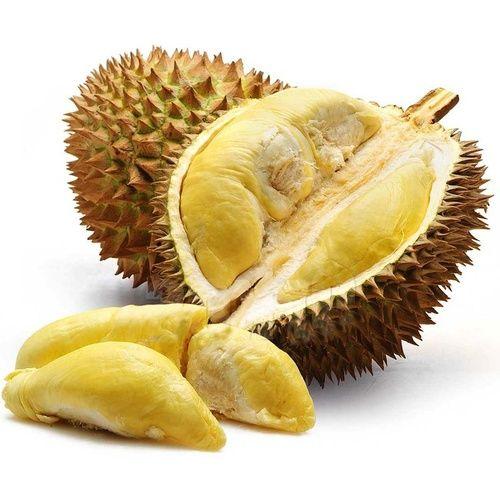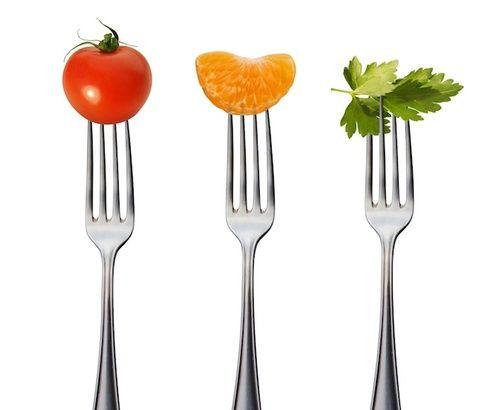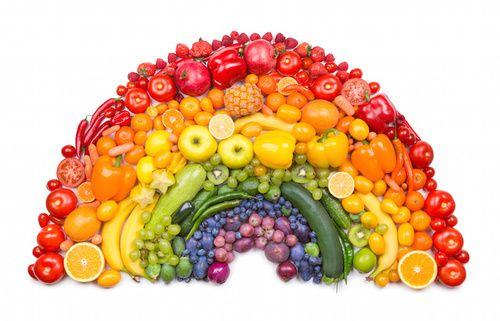Il Durian it is the fruit of the plant of the genus Durio, which includes many different varieties and among which the prevalent is the Durio zibethinus. Thanks to the high content of nutritional principles, vitamins and nutraceuticals is termed the king of fruits. Let's find out better.
> Ally of
> Calories, nutritional values and properties of durian
> Contraindications
> How to eat durian

Description of the plant
It is an imposing plant (up to 50 meters) typical of tropical climates, therefore it needs a lot of water and temperatures that never drop below ten degrees; in fact it has found its ideal cradle in southern Asia, between Indonesia, Malaysia, Thailand and South India fruit it produces resembles jackfruit and cempedak: it has a shell covered with sharp thorns that protect four nodules of creamy pulp that surround the seeds. Depending on the variety, the pulp can be white, greenish, yellow, pink or reddish.
Durian, ally of ...
Colon, intestine, heart, liver, cell and blood production, nervous system. Ideal for sportsmen.
Calories, nutritional values and properties of Durian
Durian contains 147 kcal per 100 g.
In addition, 100 g of product contain:
- 5 g fat
- Cholesterol 0 mg
- Sodium 2 mg
- Potassium 436 mg
- G carbohydrates 27
- Fiber 3.8 g
- 1.5 g protein
Durian is in effect a "superfood": 2011 studies on antioxidant properties of the main exotic fruits have shown that at the level of ascorbic acid it is surpassed only by salak, mangosteen and kiwi.
Durian is leading with great detachment in regards to the content of flavonoids, on average ten times as much as other fruits, especially caffeic acid and quercetin, with antiviral and preventive actions of tumors.
It is also first in terms of anthocyanins, containing double those contained in the salak, and it is second in the ranking of beta-carotene (of which mango is the undisputed king). He is a powerful one cholesterol regulator, and helps prevent arteriosclerosis.
It has a combined wealth of vitamine B1, B6, C, B2, Furthermore contains tryptophan, metabolized as serotonin, and therefore regulator of sleep and nervous activities.
You can learn more about all the properties of vitamins and find out which foods contain them

Controindicazioni
The contraindication of this particular fruit is the unpleasantness of its smell which makes it not very portable and can be stored indoors. In fact, in the airports, on the buses and in the hotels of the countries of origin, the prohibition of transportation of durians is indicated precisely because of its pungent smell!
How to eat Durian
Any variety of durian it has different nuances and each single fruit changes flavor quickly as it ripens: with age it loses many peculiarities and it is for this reason that those who do not taste it on the spot often consider it overrated. The complexity of durian flavors, made up of an unrivaled richness of what in music would be defined as “the harmonics”, or rather of a sophisticated range of tones and undertones so intricate as to amaze anyone.
Properly ripe fruit is very refreshing and very sweet and the main flavors that define it resemble honey, jasmine, caramel, coffee, vanilla, chocolate; the aftertaste that accompanies it are infinite: mustard, garlic and onion, sherry, almond, walnut, resin, eggs, blue cheese, sweet tuber, pineapple, papaya, pumpkin, etc. However, almost unanimously, consumers describe this universe of flavors as harmonious and utterly delicious.
Also find out the pros and cons of different types of fruit

Curiosity
-
In addition to the human being, various animals are fond of this fruit, especially the tiger, the elephant, the squirrels, the orangutan and many birds.
-
It is known to be a disgusting-smelling fruit, often associated with that of a carcass, which is clearly in contrast with the taste of the truly exquisite pulp.
-
Generally, for parochialism, each nation elects its own favorite fruit defining it "king". In the case of durian, nicknamed "king of fruits", many nations recognize this authority.
-
The leathery thorns make it not easy to open the fruit. It is necessary to cut the shell without sinking too much and cutting the pulp.
READ MORE
The properties and benefits of the special gac fruit
| ebukuku.blogspot.co.uk


























